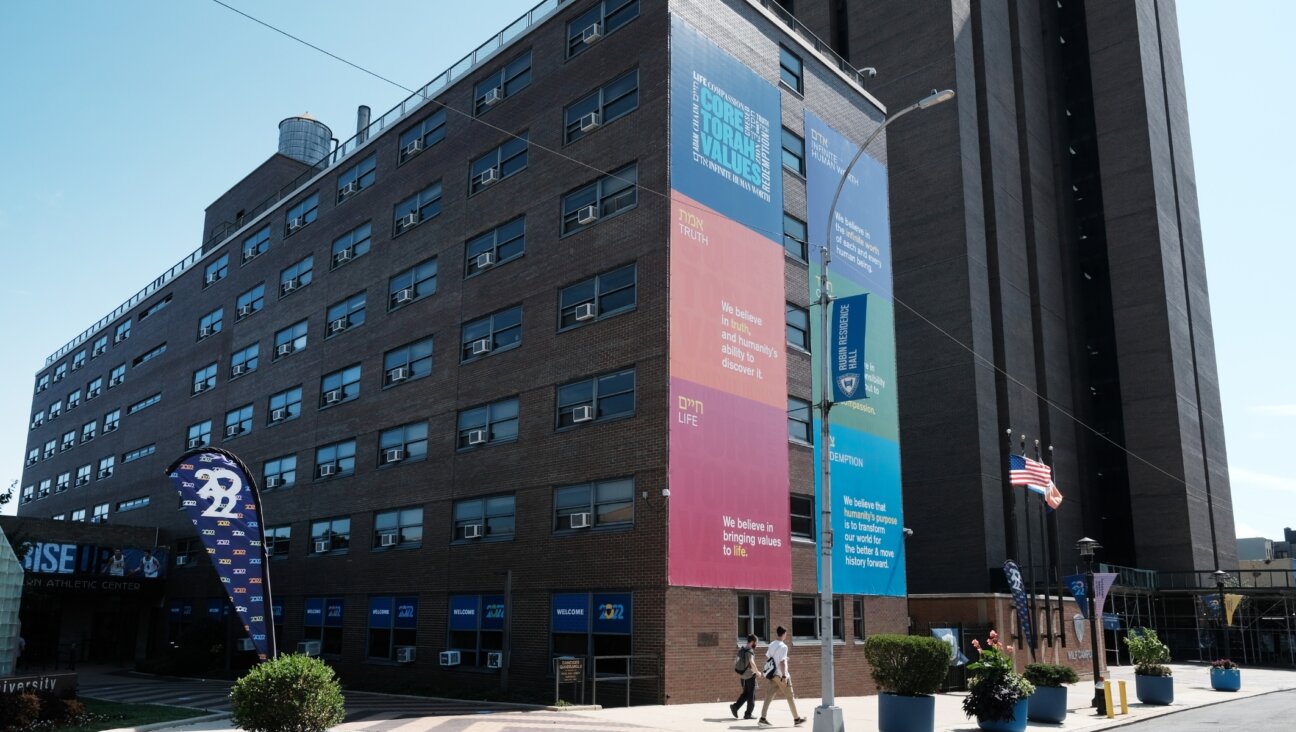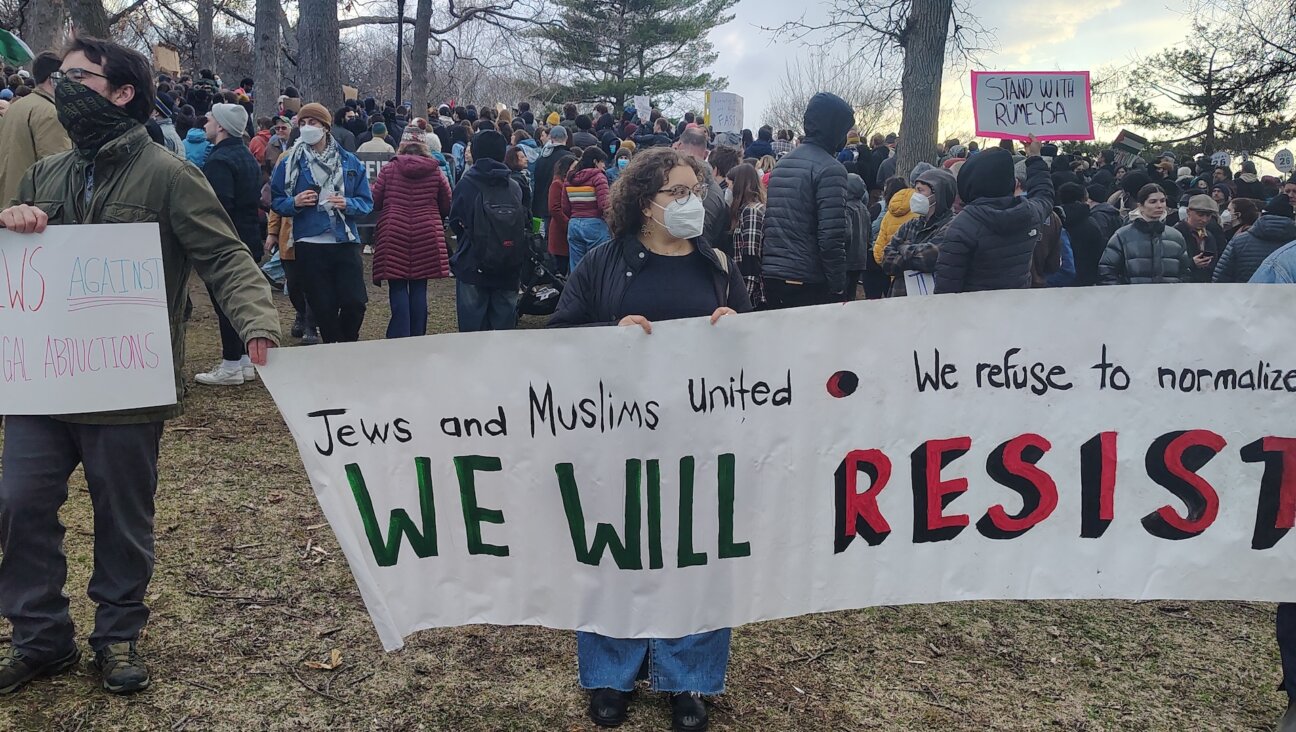Voter Turnout Proves Heavier Than Expected
Some 65 percent of eligible Israeli voters cast their ballots in the state’s general elections on Tuesday.
This was approximately 2.5 percent higher than the number of votes gathered by the same time during the last elections in 2006.
Early voter turnout was heavier than expected, standing at 41.9 percent of the electorate by 4 P.M. In contrast, only 39 percent of voters had cast their ballots by the same time in 2006.
Some 34 percent voters had turned up at the polls by 2 P.M., compared to a 31 percent of voters at the same time in 2006. If the voter turnout remains constant throughout the day, the final rate could reach 69 percent, as opposed to 63.5 percent in the 2006 vote.
Approximately 31 percent of voters had cast ballots by the same point during the last election in 2006. If the voter turnout remains constant throughout the day, the final rate could reach 69 percent, as opposed to 63.5 percent in the 2006 vote.
Nevertheless, the voter turnout was still low in comparison with other elections. By 2 P.M. during the 2003 elections, 35.3 percent of voters had cast ballots.
Voting for the 18th Knesset began at 7 A.M., in what has turned out to be a tight race between Kadima and Likud.
Voters in Jerusalem and other parts of Israel braved pouring rain and strong winds Tuesday morning, with the poor weather expected to keep numbers low. Voter turnout in the last election in 2006 was 63.2 percent, the lowest in Israel’s history.
Prof. Avraham Diskin, who was overseeing the Central Elections Committee’s exit poll, said the slight increase in voter turnout was due to the neck-and-neck race. Knesset officials, meanwhile, believe the bad weather would actually cause more Israelis to cast ballots, because they would be less likely to spend the day off work on trips far from their polling stations.
A total of 5,278,985 registered voters were to be given a chance to cast their ballot in 9263 polls across the country until 10 P.M, electing their representatives from among 33 factions.
The current national mood is at least partially linked to the rocket fire from Gaza that sparked Israel’s recent offensive there and a sense among Israelis that territorial withdrawals – like the country’s 2005 Gaza pullout – have only brought more violence.
Rami Golan, 60, a chef in Jerusalem, said Israel needed a strong government.
“We need a strong man who knows what he wants to do. We need someone who will keep us safe,” Golan said. He had yet to decide who to vote for, he said. Polls over the weekend showed that some 20 percent of Israelis were still undecided.
Meanwhile, the Israel Defense Forces announced a closure of the West Bank from midnight Monday until midnight Tuesday, barring Palestinians from entering Israel except for urgent medical treatment. Such closures are routine at times like elections or religious festivals, when Israelis gather in public places and present a potential target for Palestinian terrorist attacks.
What started as one of the most boring, low-energy campaigns in memory has almost overnight turned into a political drama. But it is a drama with definite limits: It is already clear that the Likud-rightist-religious bloc will come out ahead. The question that generates the drama – whether Likud or Kadima will emerge as the largest party – is actually of secondary importance. Regardless of which party wins more votes, the candidate who gets the president’s nod to try to form a government next week will be the one with the best chance of doing so.
If, as people from both parties claimed Monday, the gap between Likud and Kadima has continued to narrow, the race will be decided by three things: organization, organization and organization. All those floating voters will finally have to decide. They will not be happy with their choice, but they always end up voting. Voting and crying.
Exit polls are expected to start making projections as soon as polls close, with the first official results starting to come in before dawn Wednesday.
Acknowledging the closeness of the race, the Hebrew-language Ma’ariv daily published a reversible front page Tuesday with portraits of Netanyahu and Livni, each captioned “The next prime minister.” The reader chooses which way up to hold the paper.
The final Haaretz poll before the election suggested a strong right-wing bloc, comprising Likud with 27 seats, Yisrael Beiteinu on 18 seats, ultra-Orthodox Shas with nine seats and a combined veteran party National Union and fledgling Habayit Hayehudi (the Jewish home) on six seats.
According to the poll, a center-left bloc would only be able to muster 54 seats, six short of the 61-seat threshhold needed to form a majority coalition. This bloc would consist of Kadima with 25 seats, Labor on 14 seats, New Movemment-Meretz on 7 seats, Jewish-Arab party Hadash on three seats, the United Arab List-Ta’al on three seats and predominantly Arab Balad with two seats.
The Forward is free to read, but it isn’t free to produce

I hope you appreciated this article. Before you go, I’d like to ask you to please support the Forward.
Now more than ever, American Jews need independent news they can trust, with reporting driven by truth, not ideology. We serve you, not any ideological agenda.
At a time when other newsrooms are closing or cutting back, the Forward has removed its paywall and invested additional resources to report on the ground from Israel and around the U.S. on the impact of the war, rising antisemitism and polarized discourse.
This is a great time to support independent Jewish journalism you rely on. Make a gift today!
— Rachel Fishman Feddersen, Publisher and CEO
Support our mission to tell the Jewish story fully and fairly.
Most Popular
- 1

Fast Forward Ye debuts ‘Heil Hitler’ music video that includes a sample of a Hitler speech
- 2

Opinion It looks like Israel totally underestimated Trump
- 3

Culture Cardinals are Catholic, not Jewish — so why do they all wear yarmulkes?
- 4

Fast Forward Student suspended for ‘F— the Jews’ video defends himself on antisemitic podcast
In Case You Missed It
-

Culture How one Jewish woman fought the Nazis — and helped found a new Italian republic
-

Opinion It looks like Israel totally underestimated Trump
-

Fast Forward Betar ‘almost exclusively triggered’ former student’s detention, judge says
-

Fast Forward ‘Honey, he’s had enough of you’: Trump’s Middle East moves increasingly appear to sideline Israel
-
Shop the Forward Store
100% of profits support our journalism
Republish This Story
Please read before republishing
We’re happy to make this story available to republish for free, unless it originated with JTA, Haaretz or another publication (as indicated on the article) and as long as you follow our guidelines.
You must comply with the following:
- Credit the Forward
- Retain our pixel
- Preserve our canonical link in Google search
- Add a noindex tag in Google search
See our full guidelines for more information, and this guide for detail about canonical URLs.
To republish, copy the HTML by clicking on the yellow button to the right; it includes our tracking pixel, all paragraph styles and hyperlinks, the author byline and credit to the Forward. It does not include images; to avoid copyright violations, you must add them manually, following our guidelines. Please email us at [email protected], subject line “republish,” with any questions or to let us know what stories you’re picking up.













